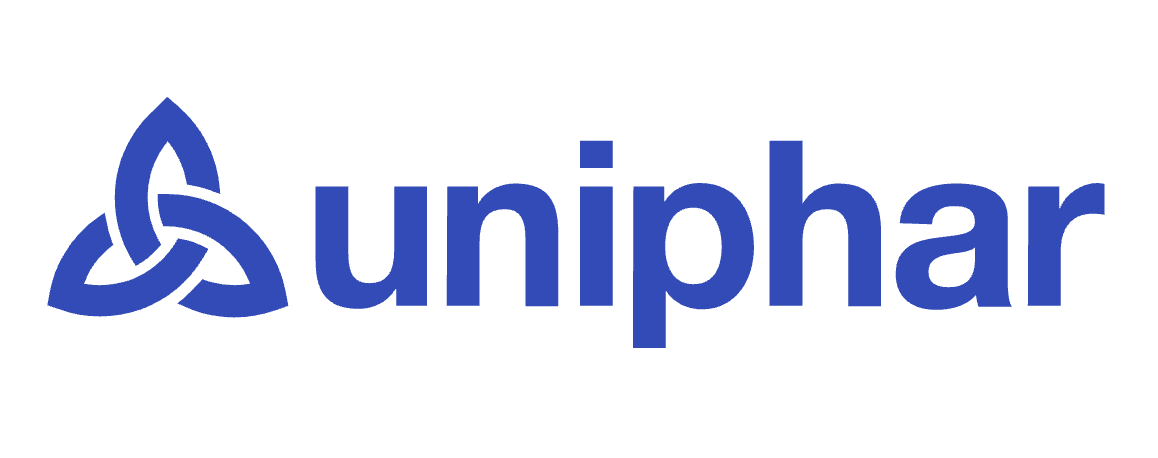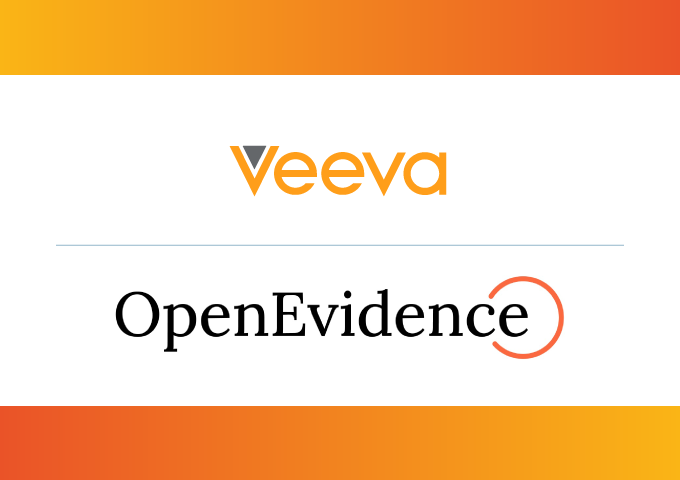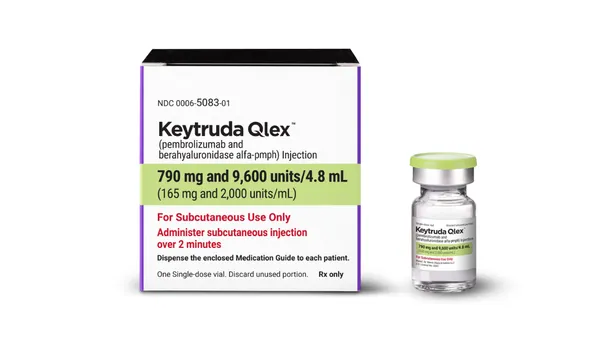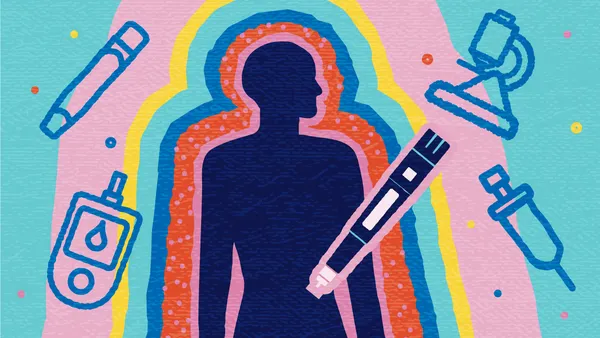Sales, Marketing, and R&D Trends from Industry Analysts Pharmaceutical Companies Rethink Consumer Marketing Strategies in 2005 Facing increased scrutiny from the federal government and the public, pharmaceutical companies are looking beyond direct-to-consumer (DTC) marketing to more effectively communicate the benefits and risks of their products. A recent study from Manhattan Research finds that more than 45 million consumers are now using the Internet for drug information, providing a prime opportunity for pharmaceutical companies to leverage online venues for building relationships with consumers. The study finds that most respondents believe the Internet is a critical source of information about prescription drugs and that pharmaceutical product Websites are a helpful resource for consumers. They visit pharmaceutical information Websites for a variety of reasons, for example, to learn about a drug’s side effects and interactions; to learn about conditions treated by a drug; to read instructions for taking a drug; for clinical-trial results; and to look for information to supplement a doctor’s visit. “In light of recent developments linking some high-profile pharmaceutical products with the risk of adverse consequences, the industry is rethinking how it develops and sustains its relationship with consumers,” says Mark Bard, president of Manhattan Research. “We are seeing a shift from marketing to the patient through such broadcast venues as television advertising to truly educating the patient.” Consumers who may be looking at television drug commercials with a wary eye are increasingly turning to the Internet as a source of information. Mark Bard Two-Thirds of Americans Think clinical-research studies are safe Two-thirds (66%) of Americans think clinical-research studies are safe for those who participate, according to a nationwide survey by The Center for Information and Study on Clinical Research Participation (CISCRP) and Opinion Dynamics Corp. (ODC). The survey of 1,000 adults was conducted mid-December 2004 to gain insight into public perceptions about the clinical-research process following media attention on the safety of widely used prescription medications. The CISCRP-ODC survey also found that more than half (57%) of respondents would have greater trust in clinical-research information if the results were made available on a public Website or registry. “The public clearly plays a vital role in clinical research,” says Richard Greif, project director at Opinion Dynamics. “As the debate continues about how drug companies and the federal government can best balance the risks and rewards of clinical research while maintaining the public’s trust and safety, we will continue to track how this affects their perception of clinical research.” Rep-Arranged Meetings and Events Are More Effective Than a Traditional Detail Pharmaceutical meetings and events have become an integral component of the industry’s promotional efforts used to gain face time with physicians. According to Verispan’s study, Sales Force Effectiveness 2004: The Physician Perspective, 63% of physicians surveyed considered rep-arranged meetings and events to be more or much more effective than a traditional detail. Only 12% characterized events as less or much less effective. This biennial study surveyed more than 4,600 physicians in 16 specialties about the overall quality of their interactions with sales representatives. In addition, the 2004 study sought physician opinions on the effectiveness of meetings and events in comparison with traditional detailing. Educational seminars were considered the most effective tactic used by pharmaceutical sales representatives. Physicians in the West were most likely to think meetings and events were much more effective than traditional detailing at 23%, while those from the North were the least likely at 16%. Physicians ranked Pfizer, Merck, and GlaxoSmithKline as having the three most effective pharmaceutical salesforces with regard to conducting meetings and events. According to ob/gyns surveyed, 47% considered rep-arranged meetings and events to be more effective than traditional detailing, while 16% considered events much more effective. Ob/gyns rated luncheon meetings, educational seminars, and dinner meetings as the three most effective tactics employed by sales reps. According to ob/gyns, Johnson & Johnson’s sales representatives, who ranked third in 2002, conduct the most effective meetings and events. Wyeth fell from a No. 1 ranking in 2002 to No. 2 in this tactic. Berlex experienced the greatest improvement, jumping from seventh in 2002 to third, rounding out the top three. According to another Verispan study, the ePromotion annual study, more than half of the physicians participating reported that they believed e-promotion (technology-enabled pharmaceutical promotion) is the same as or superior to face-to-face promotion, and 88% of surveyed physicians reported an overall attitude of neutral or positive regarding e-promotion. More than two-thirds of physicians said they participate in e-promotion in addition to face-to-face promotion, while 5% participate in e-promotion instead of face-to-face promotion. About 1,000 physicians across 17 specialties reported on their behaviors and preferences regarding the Internet, e-promotion, face-to-face promotion, electronic prescribing, and ordering samples online. E-promotion not only affects where physicians are learning about medical conditions and prescription drugs, but also their prescribing behavior and patient interactions. Most physicians participating in the one-time online survey reported that the Internet had an impact on the following: how they facilitate prescriptions or dispense drugs; how dialogue with patients is created; and increasing the knowledge about symptoms, diagnoses, and new treatments. According to the Verispan report, participation in e-promotion is expected to increase; 43% of physicians reported that they expect their participation to increase in the next six months. Budgets for Scientific/Medical Training Expected to Increase in 2005 A new survey of the pharmaceutical industry has found that one-third of respondents are expecting to increase allocations for clinical-studies training from between 5% and 10%, to an average of 17% of their total investment in speaker training. Respondents also projected a 2% decrease in allocations for media training, from 7% of their 2004 training budgets to 5% of their budgets in 2005. The survey, Speaker Training: Driving Program Impact & Influence, sponsored by CommCore Strategies Inc. and Best Practices LLC, also found that 25% of corporate speakers, including internal healthcare professionals with responsibilities for public presentations, receive no training, while 100% of external speakers are trained. The survey was designed to examine and benchmark how leading companies in the pharmaceutical industry manage speaker training to deliver maximum value. Respondents represented executives from 14 leading pharmaceutical and biotech organizations, with more than 50% representing product/brand teams and 65% providing a U.S.-based view. Areas surveyed included scope of responsibility and training of the respondent; outsourcing; performance; measurement/ROI; lessons learned; and key challenges. Respondents also provided recommendations for improving training programs, which included increasing delivery of material on a just-in-time basis; conducting more training in local languages; increasing online and other contact with speakers between classroom training; increasing interaction with speakers; and creating and delivering ongoing performance feedback. Innovative R&D Strategies Remain Key to Developing New Medicines Pharma companies can significantly increase the flow of new prescription drugs, while maintaining patient safety, if they adopt more innovative R&D strategies aimed at improving clinical success rates and lowering clinical-study costs, according to the Tufts Center for the Study of Drug Development. “Product pipelines are the bottleneck in bringing new medicines to market,” says Kenneth I Kaitin, Tufts Center director. “Despite rapidly rising R&D spending by the research-based industry, the number of new drugs and biologics submitted to the FDA for review has steadily decreased in recent years.” Drug developers must bolster R&D efficiency to remain competitive, Mr. Kaitin says. He adds that one of the most effective ways to improve R&D productivity is by terminating unpromising R&D projects as soon as possible. The earlier that unpromising projects are stopped, the sooner funds and other resources can be re-allocated to, presumably, more productive lines of research. According to Tufts CSDD, a new prescription medicine, on average, costs $897 million and takes up to 15 years to develop and win FDA approval. Investing in state-of-the-art information technology to better understand the data generated in discovery, and developing strategic alliances with specialized drug developers remain two of the most promising routes available to drug companies to improve R&D productivity, according to Mr. Kaitin. New Study Finds Internet Provides a Promising Prescription for Change The population of consumers who expects customer service from a pharmaceutical company online increased 28% compared with the previous year. The number of consumers seeking online information about pharmaceutical products has climbed to 45.7 million from 41 million in 2003. Of the 40 disease segments analyzed in the research, the likelihood of patient segments to use one of the 75 prescription drug sites tracked in the research (for products they are taking) can vary significantly across disease segments. Anxiety sufferers topped the list of likely users of a product site. In seeking information online, almost 60% of respondents use an online search service versus going directly to a known Website. After receiving an e-mail on a prescription product, almost three-quarters of respondents have ever clicked on the link in the e-mail for more information. Of the consumers surveyed, 75% now recall ever seeing ads for pharma products via the Internet channel,rivaling the reach of print and TV among this audience. Source: Manhattan Research LLC, New York. For more information, visit manhattanresearch.com. Government agencies and research sponsors are evaluating and implementing initiatives in an effort to provide greater transparency to address concerns raised by the medical community, policymakers, the public, and the media, says Roni Thaler, President of CISCRP. Scientific/Medical Knowledge Training Trends in 2005 Reliance on script changes to quantify the return on investment for speaker training in lieu of more substantive measures. One to two training sessions per year with an average attendance of less than 50 attendees per session for 92% of benchmarked companies. Outsourcing from 20% to 100%, with training implementation outsourced more heavily than training development. Selecting external trainers based upon reputation and prior experience — the most critical factors — while price, uniqueness of services/offerings and referrals have little impact on vendor selection. Dissatisfaction with the level of attendance and participation in training program, despite widespread satisfaction with basic training programs. Source: CommCore Strategies Inc., White Plains, N.Y. For more information, visit commcorestrategies.com. Best Practices LLC, Chapel Hill, N.C. For more information, visit best-in-class.com. Near-Term R&D Trends Steps to encourage industry to apply innovation to its manufacturing processes, including the critical path initiative to improve productivity, will play a major role in developing new, prevention-oriented drugs and biologicals. Implementation of the Medicare Prescription Drug, Improvement, and Modernization Act of 2003 will spur public and private efforts to quantify the costs and benefits of specific drugs. Rapidly rising prescription drug spending will increase pressure on drug developers to prove the cost-effectiveness of their products to ensure reimbursement in private and public markets. Biotechnology firms are poised to prosper in the near-to-medium term due to their ability to field products with higher approval success rates. Source: Outlook 2005 report, Tufts Center for the Study of Drug Development, Boston. For more information, visit csdd.tufts.edu. Follow up Best Practices LLC, Chapel, N.C., is a research and consulting firm that conducts work based on the simple principle that organizations can chart a course to superior economic performance by studying the best business practices, operating tactics, and winning strategies of world-class organizations. For more information, visit best-in-class.com. CommCore Strategies Inc., White Plains, N.Y., is a global communications consulting and training organization. For more information, visit commcorestrategies.com. The Center for Information and Study on Clinical Research Participation, Boston, is an independent nonprofit organization founded in 2003 to educate and empower patients, the public, medical and research professionals, the media, and policy makers about clinical-research participation and what it means to be an active participant in the process. For more information, visit smartparticipant.org. Manhattan Research LLC, New York, is a marketing information and services firm that helps healthcare and life-sciences organizations adapt, prosper, and explore opportunities in the networked economy. For more information, visit manhattanresearch.com. Opinion Dynamics Corp., Cambridge, Mass., conducts market research, polling, and consulting in healthcare, associations, education, energy, financial services, food services, transportation, and travel. For more information, visit opiniondynamics.com. The Tufts Center for the Study of Drug Development, Boston, provides strategic information to help drug developers, regulators, and policy makers improve the quality and efficiency of pharmaceutical development, review, and utilization. For more information, visit csdd.tufts.edu. Verispan, Yardley, Pa., a healthcare informatics joint venture of Quintiles Transnational Corp. and McKesson Corp., provides a broad array of information products and services to the healthcare industry. For more information, visit verispan.com.
An article from












